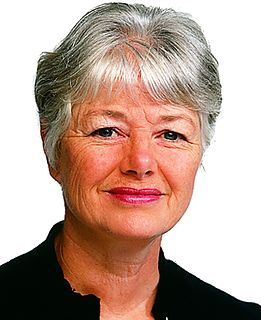The Aotearoa Wave and Tidal Energy Association (AWATEA) is a New Zealand organisation established in 2006 to promote renewable energy from marine sources. This includes energy from tides, waves and ocean currents. [1]

New Zealand is a sovereign island country in the southwestern Pacific Ocean. The country geographically comprises two main landmasses—the North Island, and the South Island —and around 600 smaller islands. New Zealand is situated some 2,000 kilometres (1,200 mi) east of Australia across the Tasman Sea and roughly 1,000 kilometres (600 mi) south of the Pacific island areas of New Caledonia, Fiji, and Tonga. Because of its remoteness, it was one of the last lands to be settled by humans. During its long period of isolation, New Zealand developed a distinct biodiversity of animal, fungal, and plant life. The country's varied topography and its sharp mountain peaks, such as the Southern Alps, owe much to the tectonic uplift of land and volcanic eruptions. New Zealand's capital city is Wellington, while its most populous city is Auckland.

Renewable energy is energy that is collected from renewable resources, which are naturally replenished on a human timescale, such as sunlight, wind, rain, tides, waves, and geothermal heat. Renewable energy often provides energy in four important areas: electricity generation, air and water heating/cooling, transportation, and rural (off-grid) energy services.

Tidal power or tidal energy is a form of hydropower that converts the energy obtained from tides into useful forms of power, mainly electricity.
Contents
Organisations involved in New Zealand include Genesis Energy, Meridian Energy and Crest Energy. Several projects are being developed, including Kaipara Tidal Power Station and another in Cook Strait.

Genesis Energy Limited, formerly Genesis Power Limited, is a New Zealand publicly listed electricity generation and electricity, natural gas and LPG retailing company. It was formed as part of the 1998–99 reform of the New Zealand electricity sector, taking its generation capacity from the breakup of the Electricity Corporation of New Zealand (ECNZ) and taking retail customers from three local power boards in the Lower North Island.

Meridian Energy Limited is a New Zealand electricity generator and retailer. The company generates the largest proportion of New Zealand's electricity, generating 35 percent of the country's electricity in the year ending December 2014, and is the fourth largest retailer, with 14 percent of market share in terms of customers as of December 2015.

The Kaipara tidal power station is a proposed tidal power project to be located in the Kaipara Harbour. The project is being developed by Crest Energy, with an ultimate size of 200MW at a cost of $600 million.
Speaking at the 2007 conference, Jeanette Fitzsimons, then NZ Government spokesperson for Energy Efficiency stated that: "I remain very positive, and excited, at the prospects for marine energy in NZ. It is a perfect fit with our history as a maritime nation; the NZ love of the sea and sea going craft; the goals of the NZ Energy Strategy to get as close to 100% renewable electricity as we can; and to the Prime Minister’s aspirational goal to be carbon neutral and truly sustainable." [2]

Jeanette Mary Fitzsimons is a New Zealand politician and environmentalist. She was the co-leader of the Green Party of Aotearoa New Zealand from 1995 to 2009, and was a Member of Parliament from 1996 to 2010.







